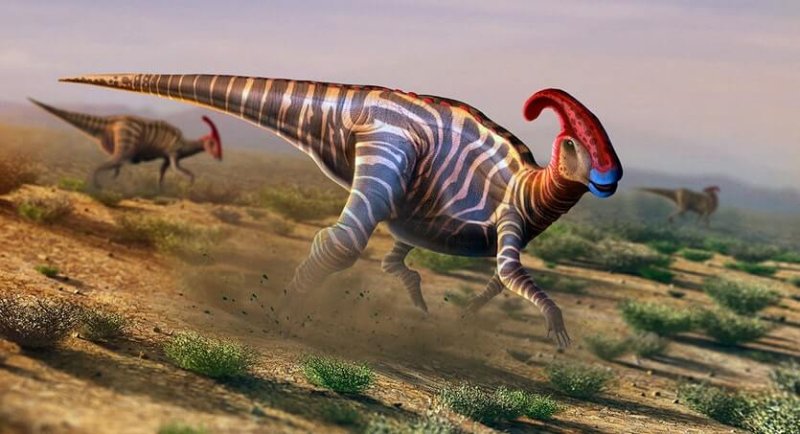Everybody knows about the K/Pg Mass Extinction. As soon as we learn about dinosaurs, and demand to know why we can’t ride to school on a Triceratops, the disappointing fact that an asteroid slammed into the Earth and ended dinosaurian dominance is disclosed. But you may not have heard about the catastrophe that gave dinosaurs their shot at ecological stardom. The terrible lizards were not only cut back by extinction, but they owe their rise to a much earlier disaster. This was the Triassic-Jurassic Mass Extinction.
…
The beginning of the Age of Dinosaurs didn’t start with the group’s origin 235 million years ago, in other words, but after an extinction event that took out the [crocodile-like] competition about 200 million years ago.
What happened is a mystery. Intense volcanic activity is a likely culprit, devastation caused by eruptions so significant that they altered the world’s climate and acidified the seas. But even with a plausible trigger, we still don’t know why some groups perished while others flourished.
…
Considerations of size, diet, posture, habitat, and where the animals lived on the planet didn’t seem to show any pattern. Answers are still elusive, and the factors that contributed to extinction vulnerability likely varied from group to group and could have to do with facets of ancient life as-yet-undetected.
Read full, original post: Extinction and the Rise of the Dinosaurs































